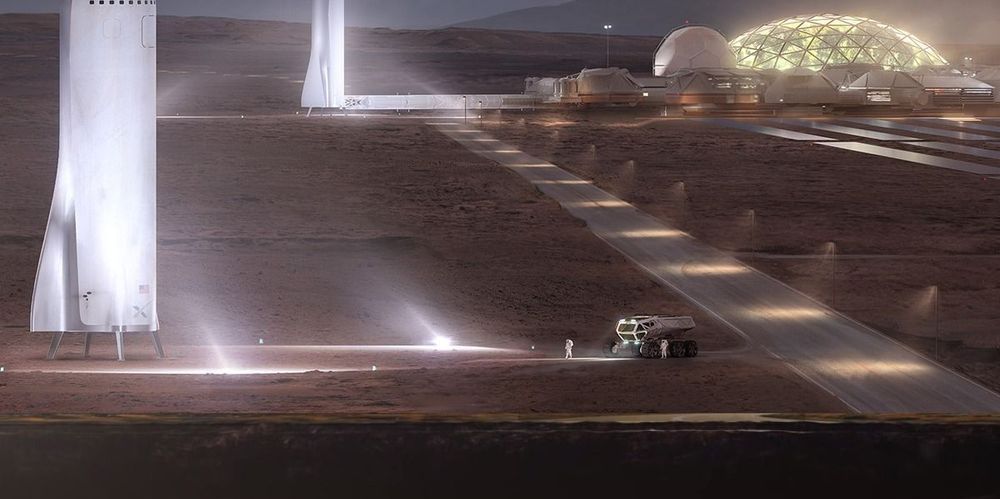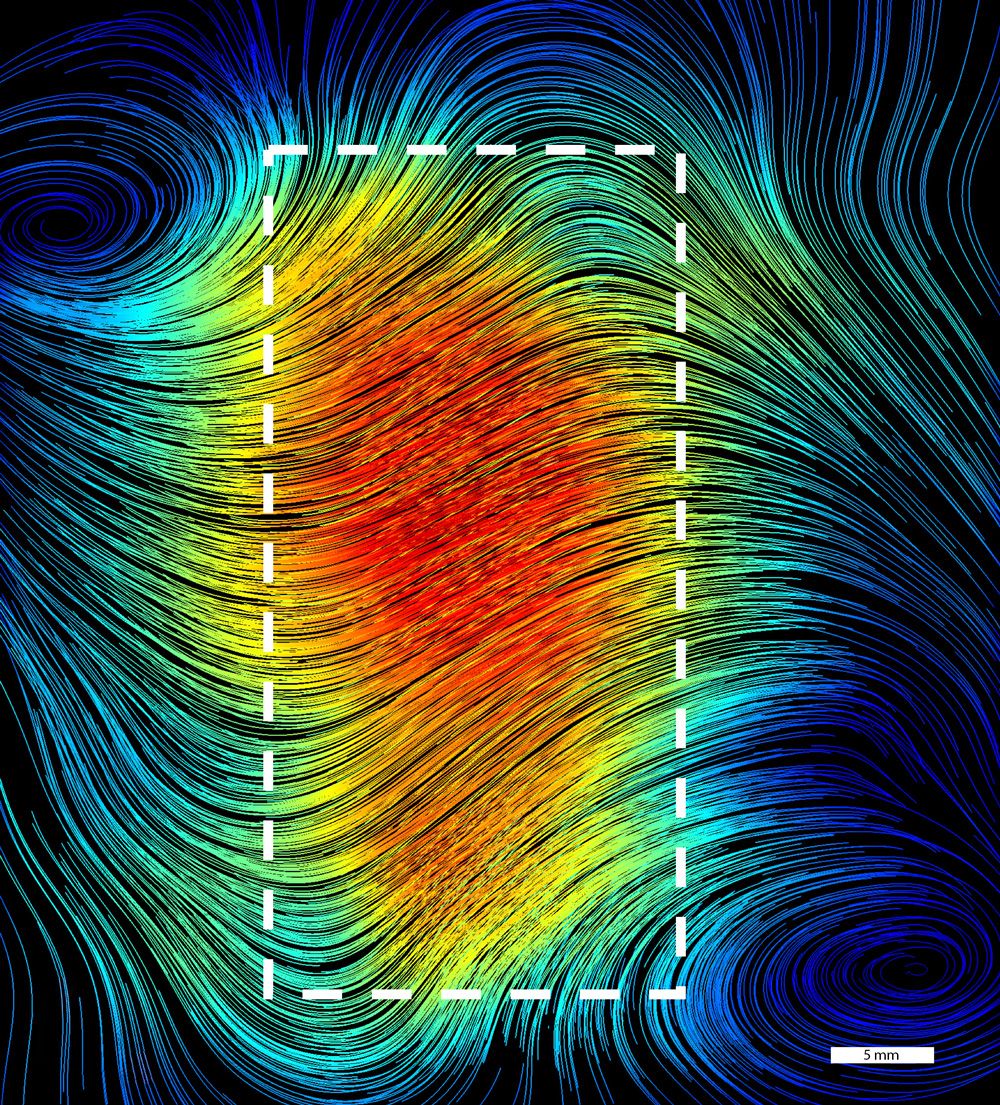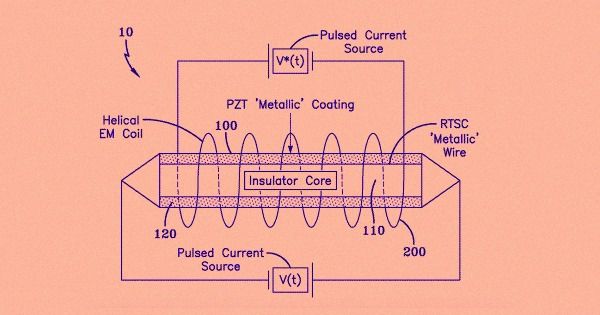Feb 25, 2019
Chinese internet users turn to the blockchain to fight against government censorship
Posted by Genevieve Klien in categories: bitcoin, cryptocurrencies, government, internet
Thanks to blockchain, internet users have achieved some victories in the fight against China’s strict internet censorship.
A historic moment was made on April 23. Peking University’s former student, Yue Xin, had penned a letter detailing the university’s attempts to hide sexual misconduct. The case involved a student, Gao Yan, who committed suicide in 1998 after a professor sexually assaulted and then harassed her.
The letter was blocked by Chinese social networking websites, but an anonymous user posted it on the Ethereum blockchain.


















